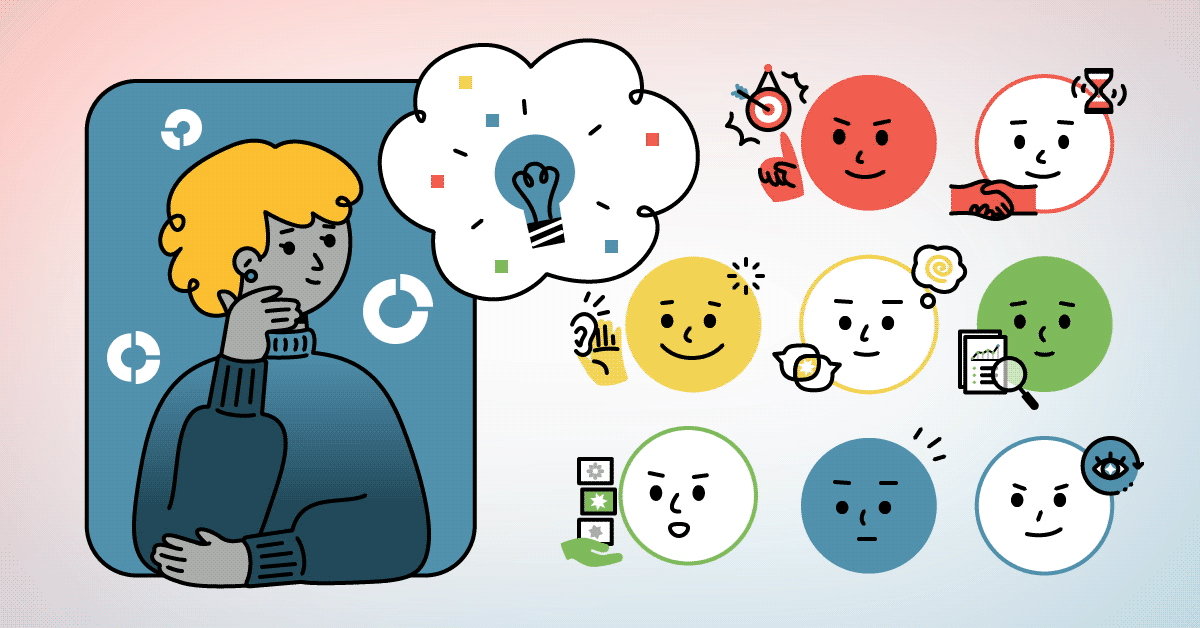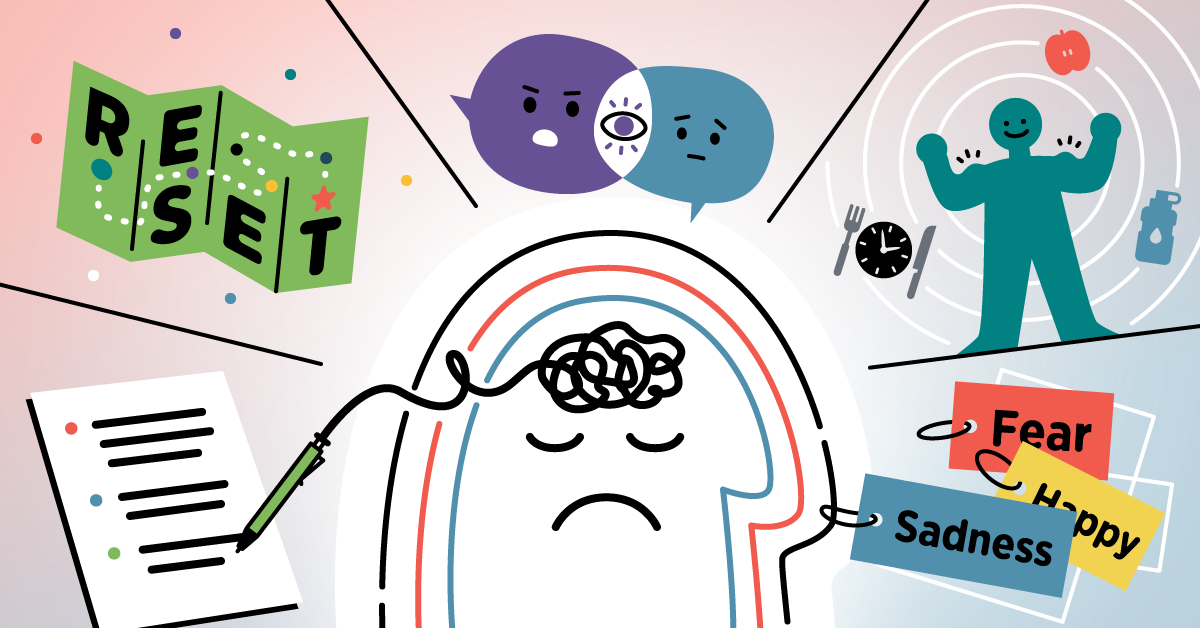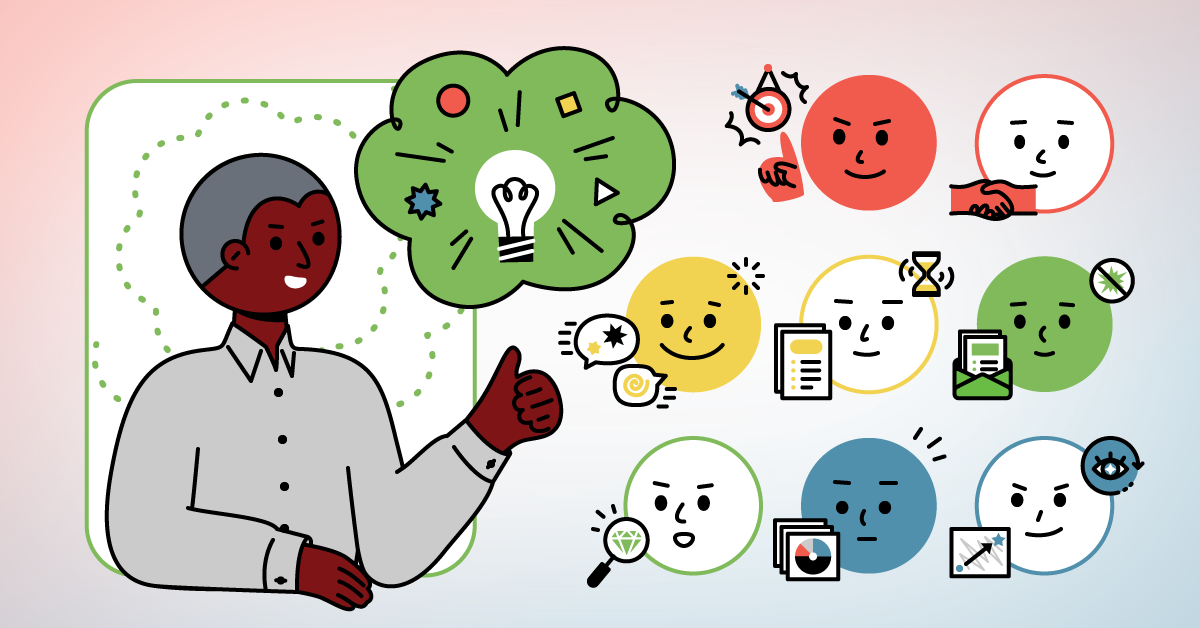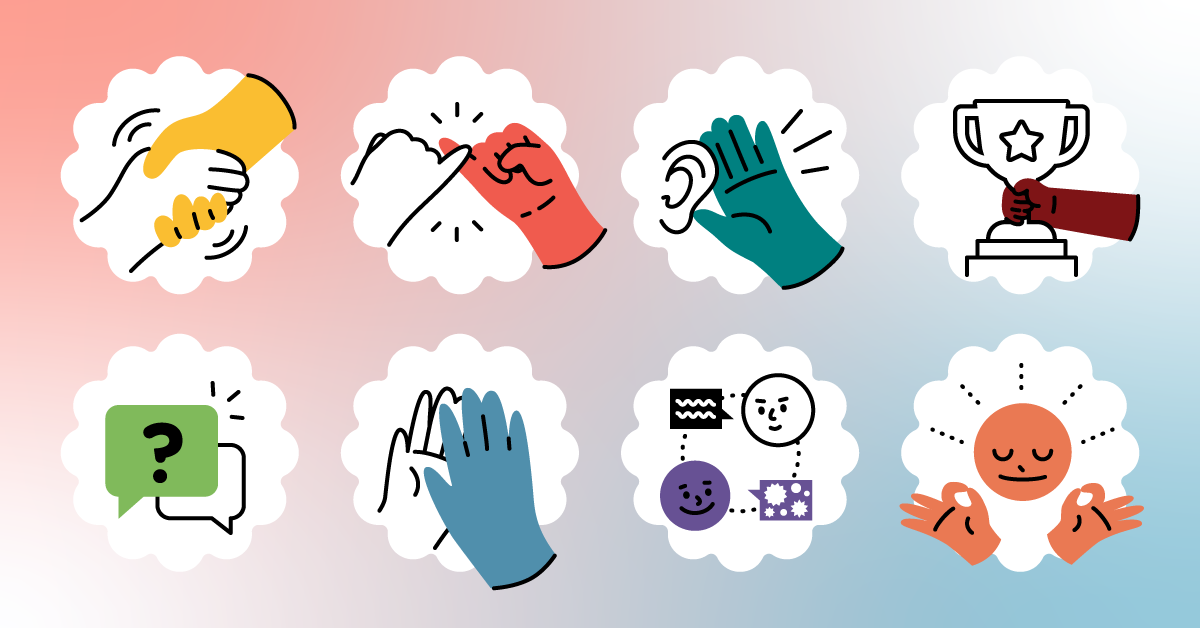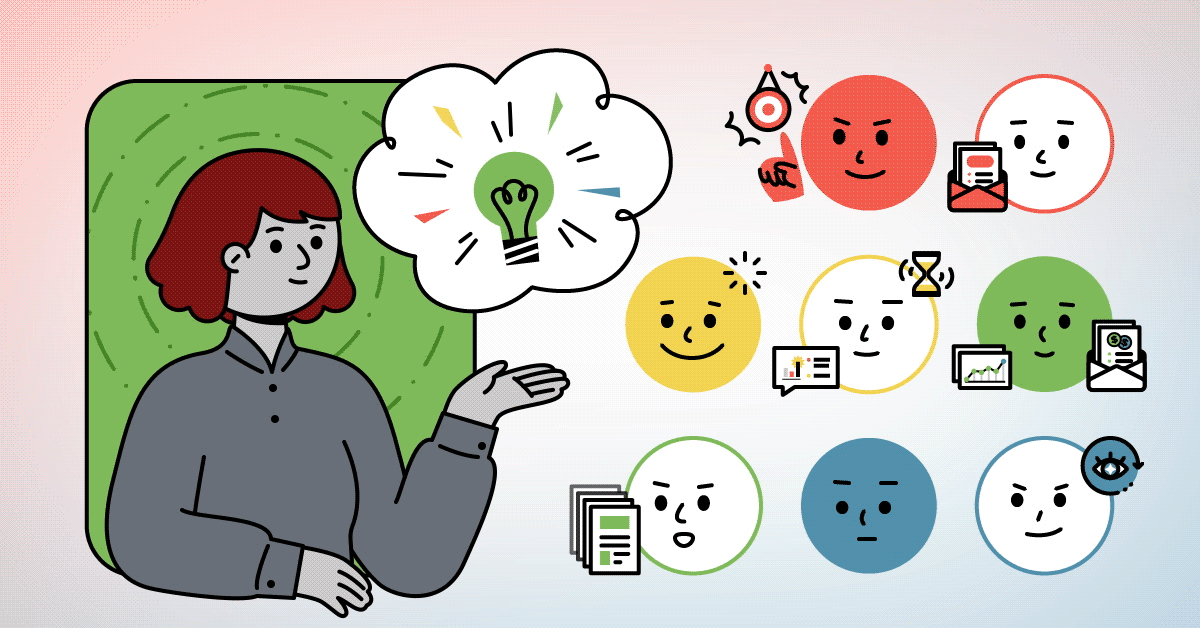Selling doesn’t necessarily come naturally to every behavioral type, but every type can be successful in sales roles.
No matter how hard you work, you're eventually going to hit a roadblock in your personal development.
Finding yourself in a selling mindset can happen when you’re interviewing, negotiating, brainstorming, or advancing in your current role.
Everyone wants to make a good impression, but that can be easier said than done! How can you cement your reputation in the workplace?
Developing strong sales skills is a crucial skill for every behavioral type. Sooner or later, everyone will need to make a ‘sell’...
Starting a new job can be a lot of pressure. Not only are you onboarding and training, but you’re also finding your place within your new team...
